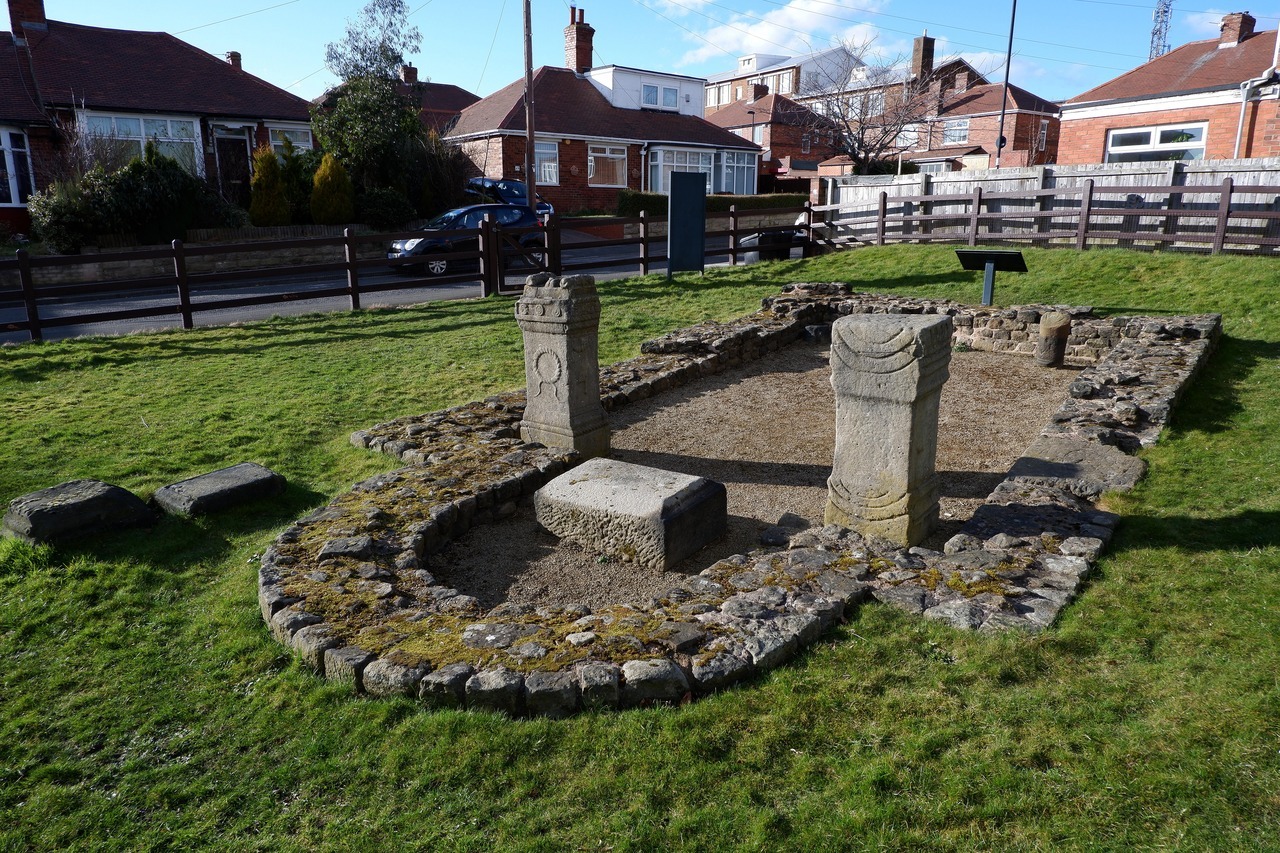
Records of coins found at or near the Fort cover those of Emperors Nero to Gratian. The east - west Gateways of the fort had been destroyed before 1751 and by the end of the 18th C all surface masonry was gone.īruce in 1851 observes that the site could be passed without noticing its position. Great conduits or sewers were discovered at the depth of about a yard and a half and were composed of large wrought stones. By 1789 the area of the road to the north of the road had been cleared of stones and used for other purposes sufficient for this area to be planted with trees. In 1751 the Newcastle - Carlisle military road was built through it following the main East-West street. In 1732 Horsley remarked that the fort at Benwell Hill remains distinct and clear. This extended area was used to house a reservoir in the 19th century while the remaining southern portion was built over with a housing estate in the 20th*1. To the west of the fort and across the A187 lies another small section of Hadrian’s Wall, although this time joined by a full-sized replica of how it may have looked in its heyday.At the crest of what is now Benwell Hill, stood Condercum Fort and the remains of the Fort's Vallum crossing and a temple found within the area between the Vallum and the Wall are still to be seen.Ĭondercum, the third station on the line, standing 400ft above the tide mark, the first of the major defense works of the second plan was a cavalry fort with one third extending north of the Wall. Today it is on the line of the branch wall, but it was originally found within the yard itself.Ībove: The remaining section of branch wall It was moved to Wallsend Park and only returned to Segedunum in 1991.

This piece of wall was found in 1903 during enlargement of the shipyard for the construction of the RMS Mauretania. To the south-east of the fort leading down to the River Tyne lies a small remaining section of branch wall. most of the site!) there are cobbles and yellow kerbstones to mark the original lines of the walls. However, where the foundations have been completely destroyed (i.e. Regarding the remains of Segedunum itself, any mortared stone blocks are the actual remains of Roman buildings.
#Roman vallum full
That being said, we highly recommend visiting the museum if only for the fabulous food canteen on the first floor – you can get a full roast dinner for a fiver!! The galleries however are strongly focused on children, and those wanting an in-depth overview of the site may be disappointed. The museum itself provides a great viewing platform for those interested in getting a birds-eye view of the site. The estate was eventually knocked down in the 1970s, and the current remains and accompanying museum opened to the pubic in the late 1990s. Today there’s not much that remains of Segedunum, thanks to a large estate of Victorian terrace houses built directly on top of it in 1884. It is important to note that between 400 and 410AD, Hadrian’s Wall was being maintained by just a skeleton force of Roman auxiliaries and only a limited amount of information from this period has survived. It is thought that Segedunum was occupied all the way up until the Roman withdrawal from Britain in 410AD, although it is possible that it was vacated slightly earlier than this, due to the massive empire-wide recall of troops at the end of the 4th century. In the 2nd century AD, the resident legion were mainly drafted in from Belgium, whilst in the 3rd and 4th centuries the legion was mainly drafted from the Alsace region of France.

Secondly, the wall here is built to an extremely narrow gauge of only 2.3 metres, with the foundations only slightly wider at 2.4 metres.Īt its peak Segedunum would have held up to 600 hundred Roman troops, broken down into 120 cavalrymen and 480 infantry. Firstly, the curtain wall for this extension was built without a defensive vallum (defensive ditch) to the south. The construction of this extension is notable for two reasons.

The original eastern terminus to the wall was instead four miles to the west at Pons Aelius in the centre of modern day Newcastle-upon-Tyne.
Built in AD127, Segedunum was in fact part of an extension to Hadrian’s Wall, built some five years after the main construction project had begun. Standing at the easternmost point of Hadrian’s Wall and guarding the mouth of the River Tyne lies the remains of the Roman fort of Segedunum.


 0 kommentar(er)
0 kommentar(er)
